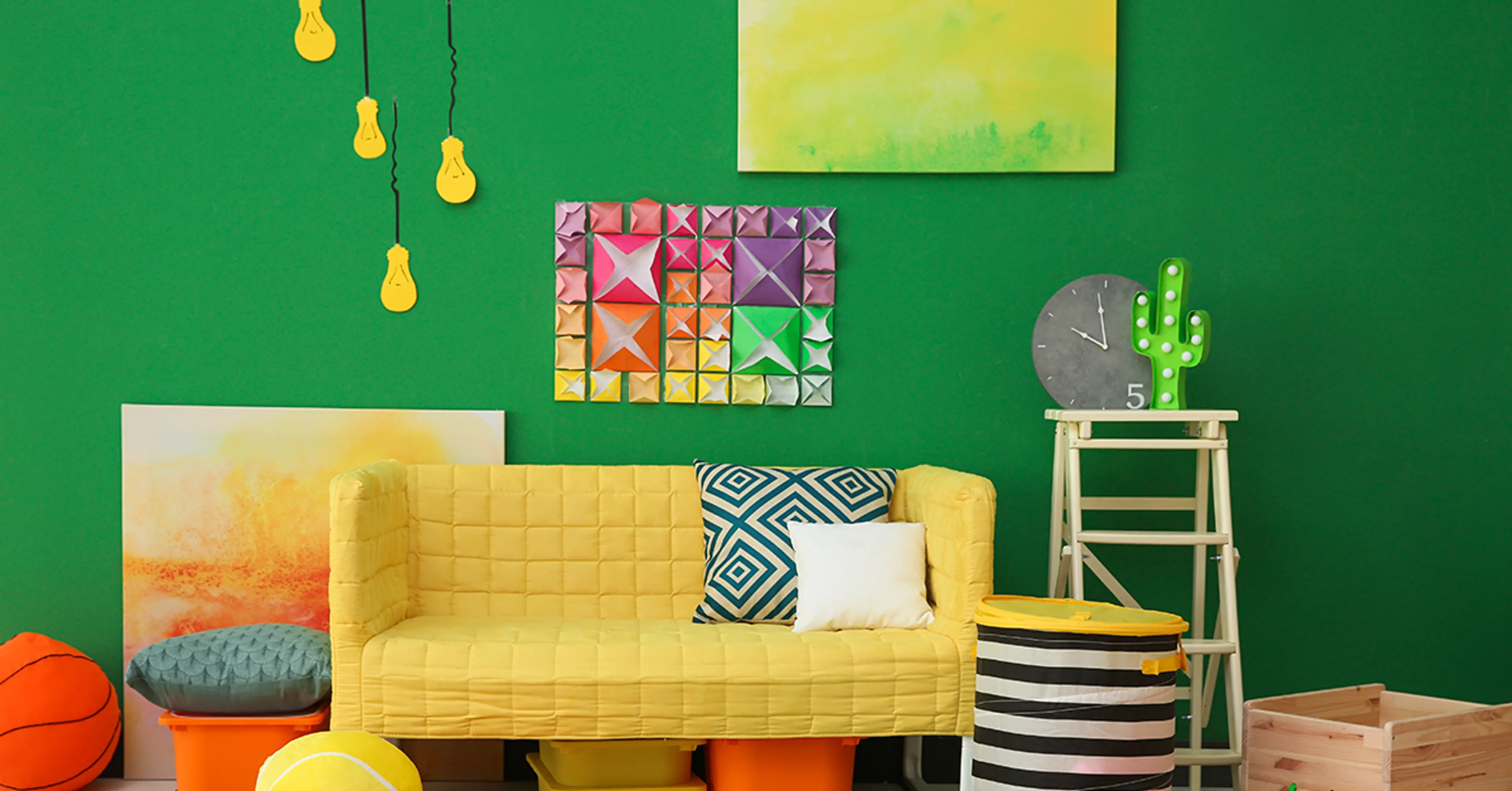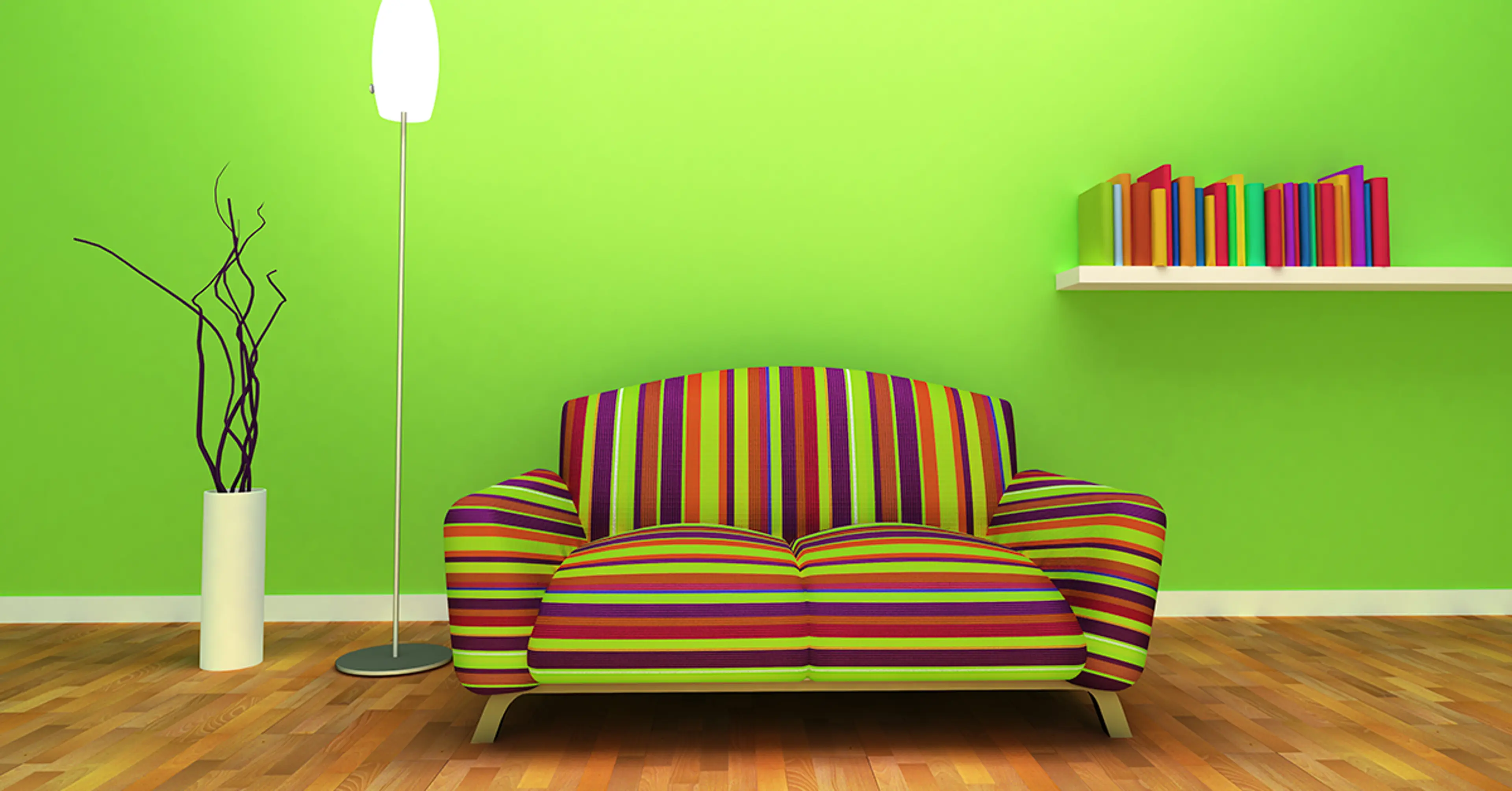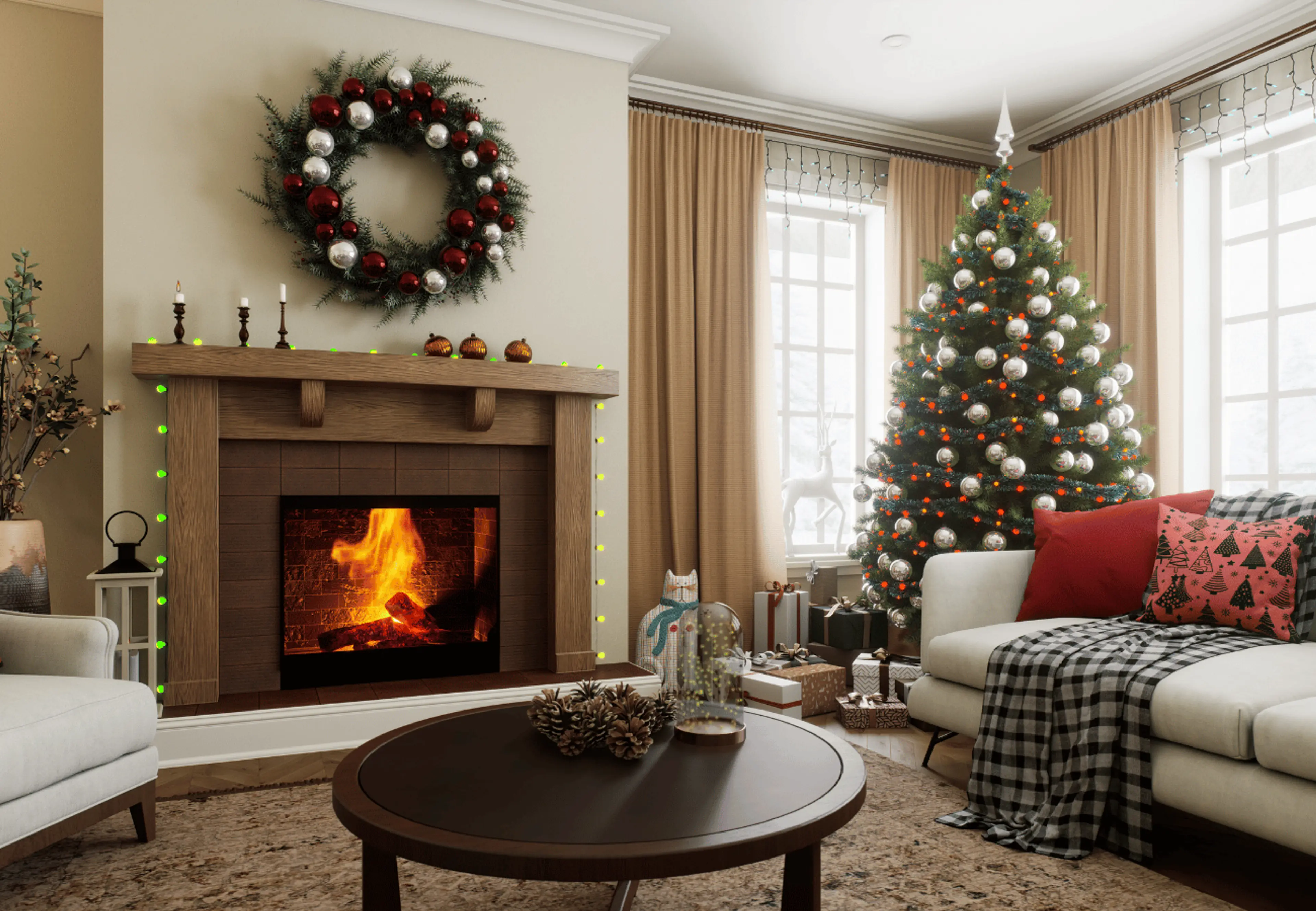6 Mistakes To Avoid When Picking Wall Paint Colours

 Mar , 2021
Mar , 2021- Berger Speaks
- 5 Min Read
Step away from the paint brush! Before you decide on a paint colour, learn from these common painting mistakes and gather inspiration.
If you’re planning on room painting any time soon, picking out a paint colour you will want to live with for years to come is perhaps one of the most difficult decisions to make. As anyone who has undertaken a trip to a paint store or browsed through mind-boggling options of colours, shades and hues- even shopping for a simple shade of white isn’t as straightforward as you might expect.
Because it is helpful to learn from others’ mistakes, we spoke with our experts about colour missteps they’ve seen. If you’re looking for room painting ideas and deciding on the colour for your beloved home, remember these 6 common wall paint colour mistakes:
Mistake To Avoid #1: Not Using Samples
Without a doubt, the lighting in the room is the most important factor in finding a shade that complements your space, so using shade cards and putting samples to test is essential. Lighting changes throughout the day, so it is recommended to look at the swatch in the morning, afternoon, evening and night, with the lights turned on. Take a few days to get a real sense of the colour before you finalise it.
Mistake To Avoid #2: Missing The Bigger Picture
When choosing paint colours for multiple rooms– especially ones that are adjacent, it is important to choose shades that work well together. For a more cohesive look, plan ahead and pick colours close together on the colour spectrum.
Mistake To Avoid #3: Choosing Too Many Colours In One Room
If you opt for bright, bold wall colours, let the rest of the room be in lighter, more neutral colours to strike the right balance and let the walls take the limelight. Similarly, if you have chosen a more neutral colour for the wall, let the decor and furnishings in the room be in contrasting colours. This will give the room an effortless put-together vibe. It might be tempting to pick several colours for room wall painting, but stick to at most three colours- one accent and two neutral shades.
Mistake To Avoid #4: Not Factoring In The Existing Decor And Furniture
One of the easiest ways to hone your search for the ideal shade to consider for the walls is to think about the existing colour palette in the room, including furniture, decor, wall art and accessories. Avoid testing the swatches in a completely different or empty room. Even if you just moved in or want to empty the room before you begin painting, keeping some of the furniture and decor in the room while you select the paint colour will ensure that the shade works well with other colours in the room.
Mistake To Avoid #5: Forgetting The Ceiling
Ceilings are a large expanse of space and yet most often they are overlooked when developing a room’s colour palette. To create maximum impact, when it comes to the ceiling, choose a light shade that complements the wall, a glossy white or a bold hue that acts as the main source of colour.
Mistake To Avoid #6: Following Trends Blindly
The colours you live with every day should be colours you love, not simply whatever happens to be all the rage in interior design trends. Even if you absolutely love the latest trends, it is best to use it in small doses, like throw pillows or curtains, something that can be changed easily if you outgrow it. The colour on the walls of your home is much more expensive and difficult to change, so make sure you find a colour that you can live with for years to come.
Avoid these 6 mistakes when choosing paint colours for your walls and you will find the process a whole lot easier. Alternatively, you can also speak to our colour consultants to help guide you, from picking the perfect colours to best paints- and making the home painting process a whole lot Faster, Cleaner and Safer. To speak to our colour experts, SMS ‘XP’ to 56767.





